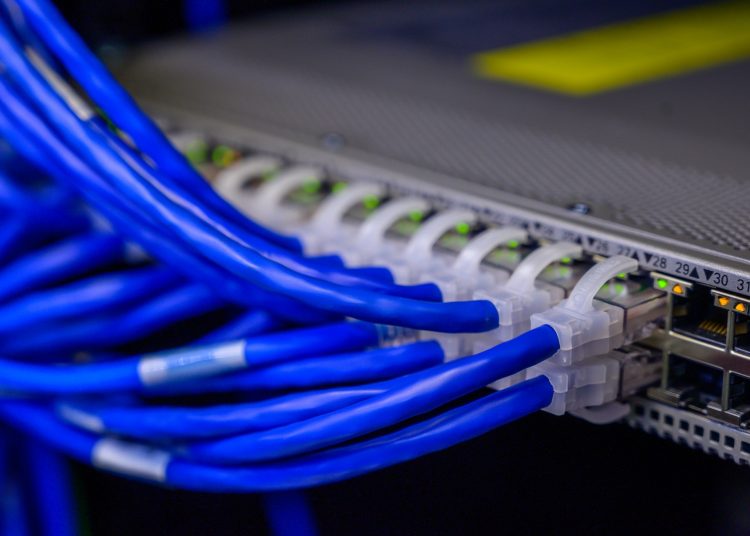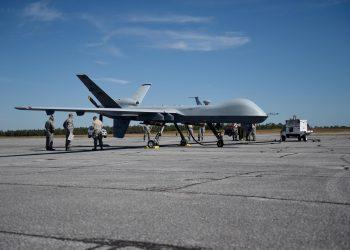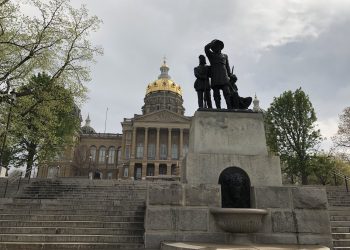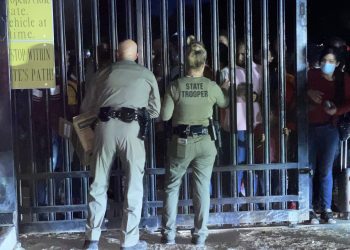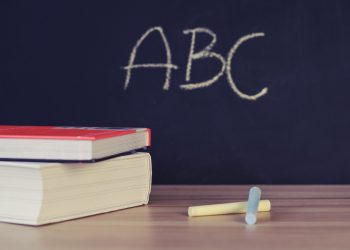(The Center Square) – The Iowa House on Monday unanimously passed a bill lawmakers say will reduce the size and number of the state’s so-called “broadband deserts.”
HF 848 aims to encourage broadband service providers to increase internet access for Iowans by restructuring grants.
“After some deliberation and compromise with the governor and the broadband bureaus, I think we can achieve our goal of connecting all Iowans, especially those stranded out in the broadband deserts … with download speeds aimed at not only catching Iowa up but creating an economic growth driver for our great state,” State Rep. Ray Sorensen, R-Greenfield, floor manager of the bill, said.
The bill redefines the target service areas “with a focus on Tier 1,” whose required upload speeds have been “adjusted down … to allow other technologies to compete for these grants in those difficult to serve areas of the state,” Sorensen said. Access to teleconferences, telemedicine, farming technology and entertainment would all benefit Iowans in small towns and remote rural farming areas, he added.
Iowa Communications Alliance CEO Dave Duncan told The Center Square in a phone interview changes for targeted service areas without internet service occurred “through a lot of negotiation and discussion behind the scenes.”
The areas were split into what he calls “Tier 1A” and “Tier 1B.” Projects in Tier 1A will receive a 75% state match in funding for 100 Mbps upload by 100 Mbps, and projects in Tier 1B will receive 50 percent state match in funding for 100 Mbps download by 20 Mbps upload. Duncan called the plan a “future proof” buildout that would avoid problems faced by previous Federal Communications Commission (FCC) grant programs.
“[This legislation] focuses most of the incentives on what we call ‘future proof’ broadband buildouts of 100 MB download by 100 MB upload,” he said. “The importance of that is we don’t want to fall into some of the problems that the FCC fell into several years ago as it had programs that didn’t require super-fast buildups and then the FCC discovered three to five years later it needed to open up an entirely new grant program all over again to go to the same areas that got funded four years ago because they weren’t fast enough. So that’s why we’re [the Iowa Communications Alliance] promoting the future proof, and we’re agreeing with the governor and the legislature that 100 by 100 should be buildout standard for most of the grant programs.”
Duncan said 100 Mbps download and 20 Mbps upload is a “substantial improvement” for Iowans who currently “don’t even have 25 by 3,” “but we believe in the near future … that a typical household will need much more capacity than that, and that has been demonstrated, of course, during COVID-19.”
State Rep. Dave Williams, D-Waterloo, ranking member on the Information Technology Committee, said the bill has been bipartisan and the legislature will have a chance to “have some financial accountability” through working with the Office of the Chief Information Officer because funding from the federal government and “our own appropriations can be coordinated and administered.”
Gov. Kim Reynolds proposed an annual investment of $150 million for three years with grant matching ranging from 35% to 75% and requiring all providers to install at least 100 Mbps download and upload service for all projects that receive grant funding.
Iowa House Speaker Pat Grassley, R-New Hartford, said in an interview on Friday with Iowa PBS’ Iowa Press the House plans to invest about $100 million of General Fund appropriations to “make a significant investment in broadband.”
“Some of these fixed wireless providers … provide service to dozens of homes with one place where fiber has been run,” Grassley said regarding the change in the bill’s upload speed requirements for Tier 1. “There’s a way that we think we can do this to get world-class speed as well as a quick rollout and hit some of those areas that are hard to reach.”



